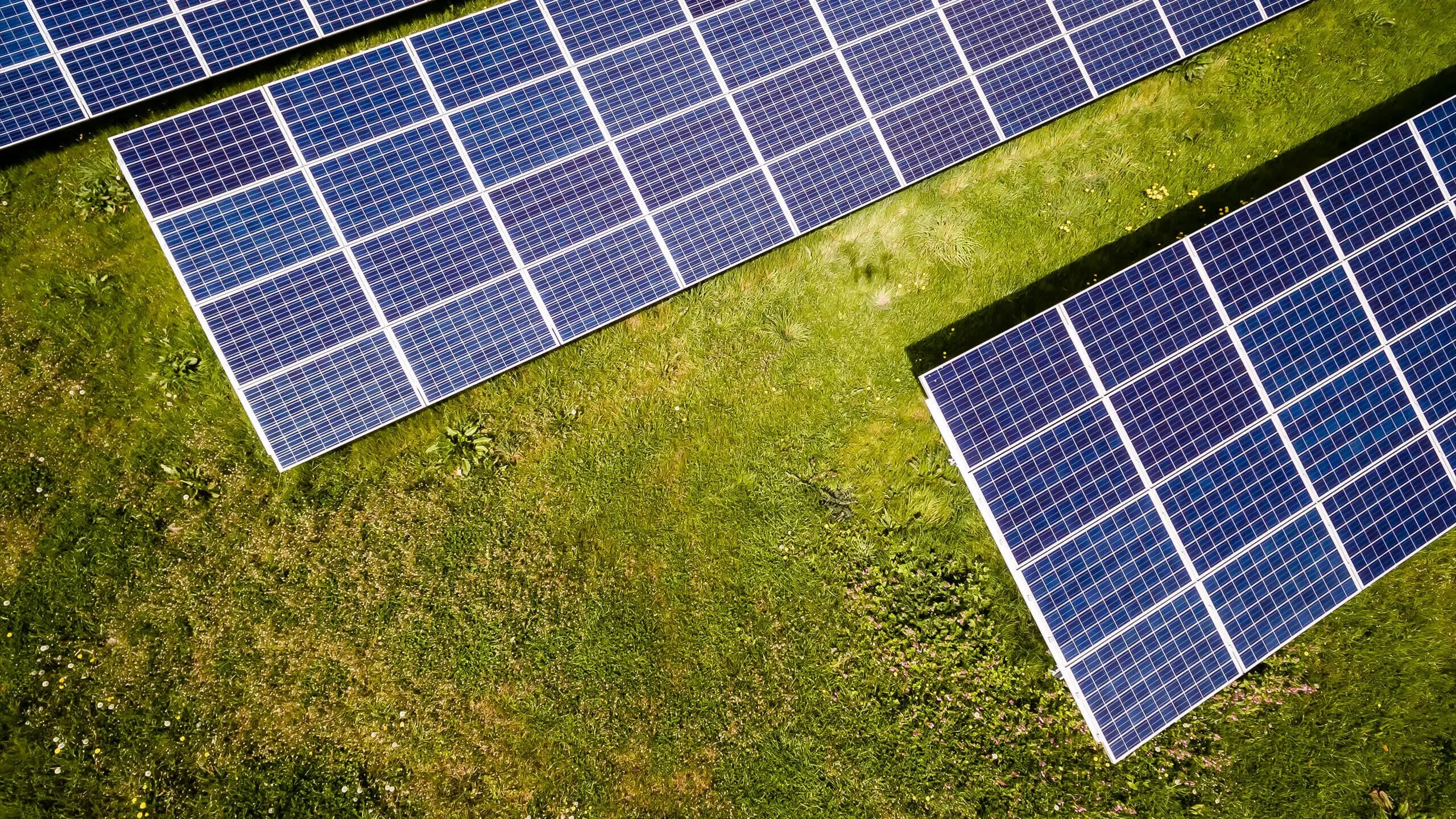Solar energy has become the most affordable source of power worldwide, surpassing coal, gas, and wind. This shift is driven by technological advancements and is accelerating the global transition to renewable energy systems.

October 7, 2025

Source:
Tech Xplore
Global Energy Landscape Shifts as Solar Costs Plummet
Solar energy is now the cheapest source of electricity in the world, a landmark achievement in the transition to renewable power systems. According to recent studies, solar power generation costs have fallen to as low as £0.02 per kilowatt-hour in sunny regions, outcompeting fossil fuels and even other renewables.
Unprecedented Growth
The scale of this expansion is historic. Global solar capacity surged past 1.5 terawatts in 2024, doubling the figure from just four years earlier. This capacity now powers hundreds of millions of homes worldwide.
From 2021 to 2025, solar installation rates outpaced all other renewable sources, including wind, cementing its role as a cornerstone of the modern energy sector, as noted by energy analysts at Ember and Earth.com.
Keep up with the story. Subscribe to the PR+ free daily newsletter

Source:
Energy Central
Innovation and Storage Drive Down Costs
The dramatic price drop is the result of decades of innovation. The International Energy Agency (IEA) reports that advancements in photovoltaic (PV) technology and automated manufacturing have slashed panel costs by over 98% since the 1980s.
The Battery Revolution
A critical component of this new energy era is storage. The cost of lithium-ion batteries has plummeted by 89% since 2010. This has made solar-plus-storage systems cost-competitive with natural gas power plants.
This solves solar's intermittency problem. Cheap storage allows solar energy to be dispatched reliably, day or night, ensuring a stable power supply.
Read More

Source:
http://Bloomberg.com
Share this news:




















